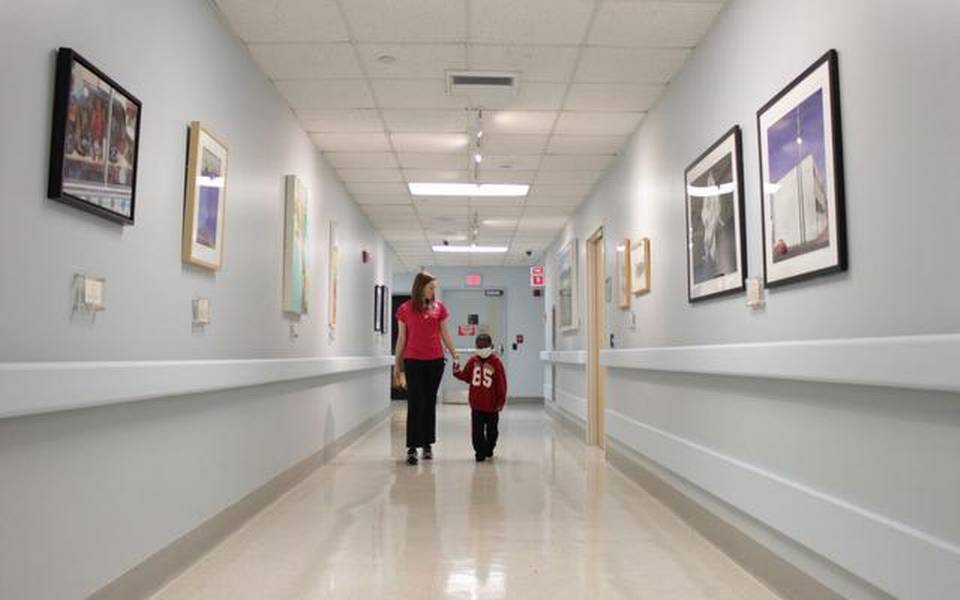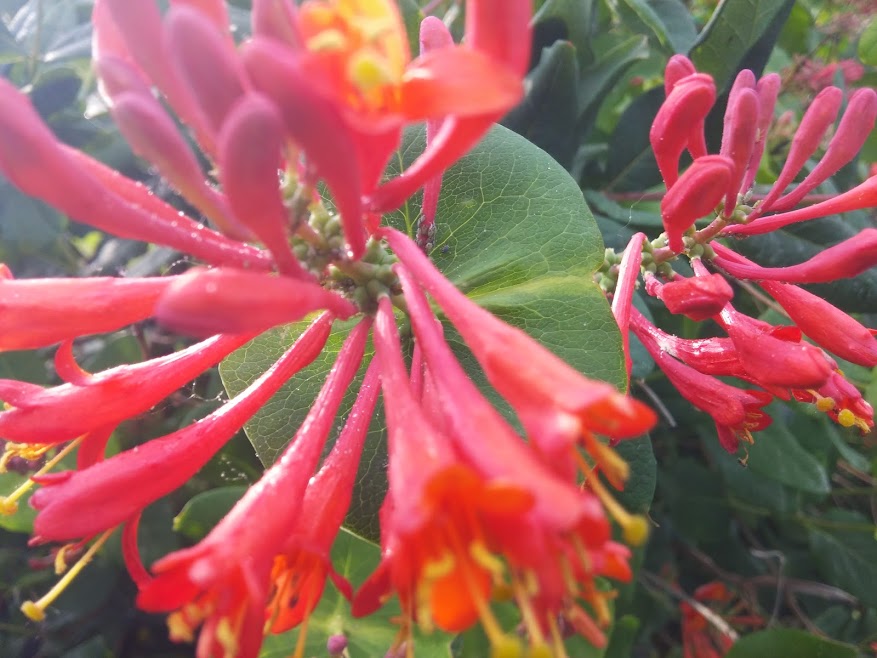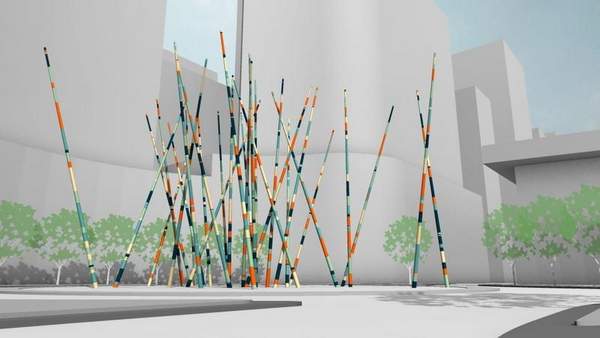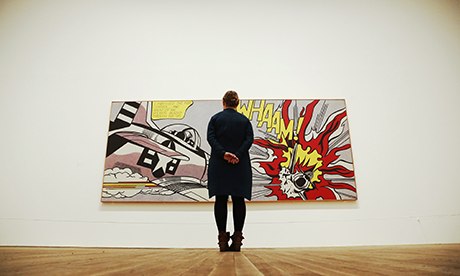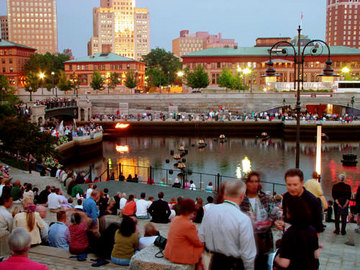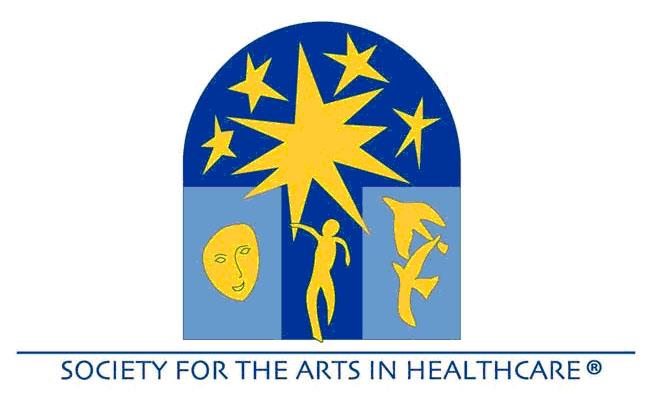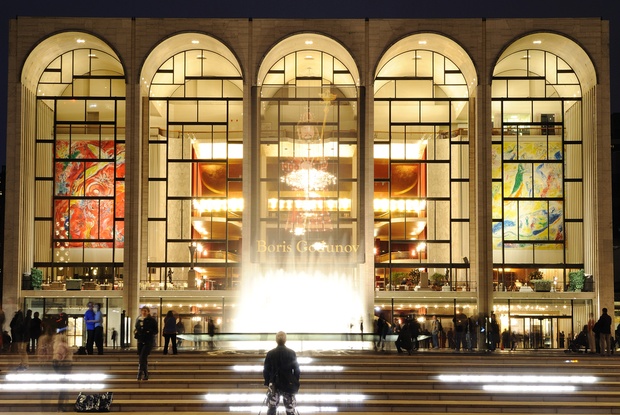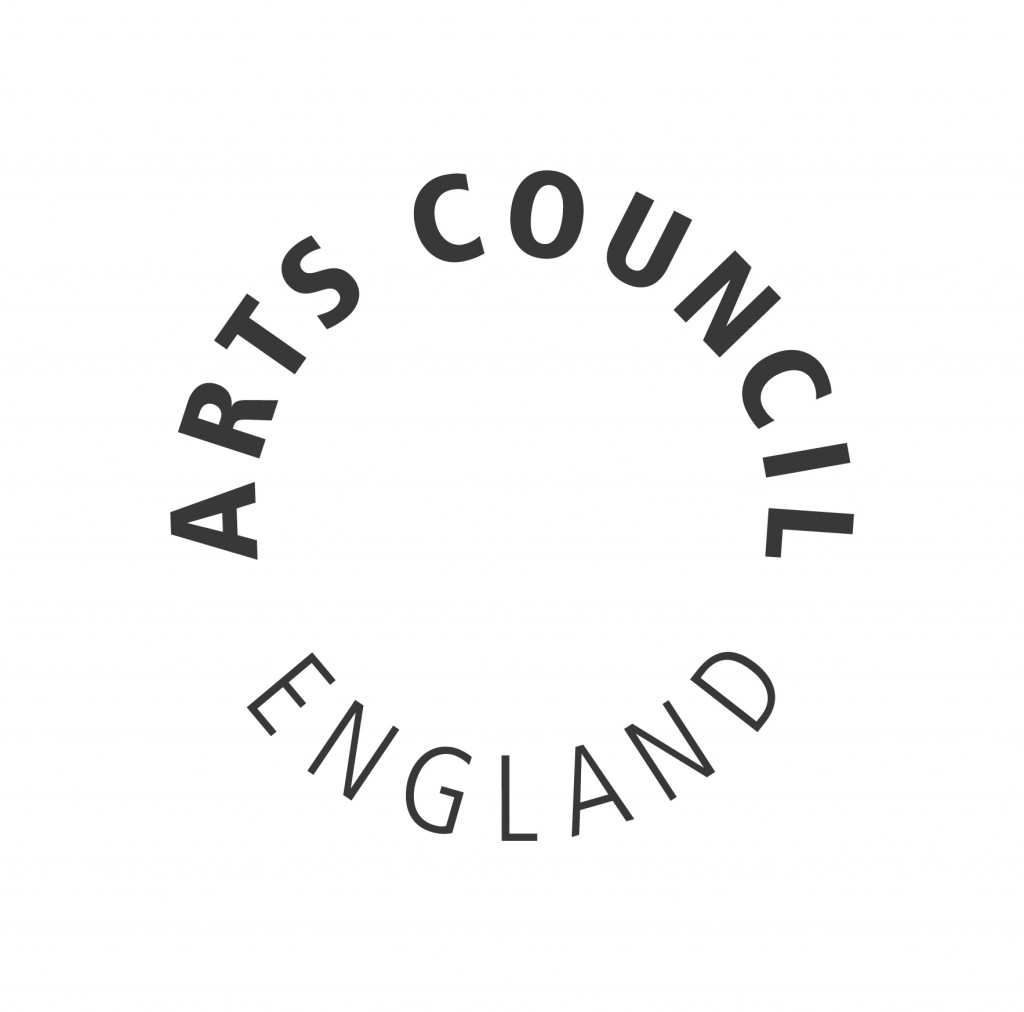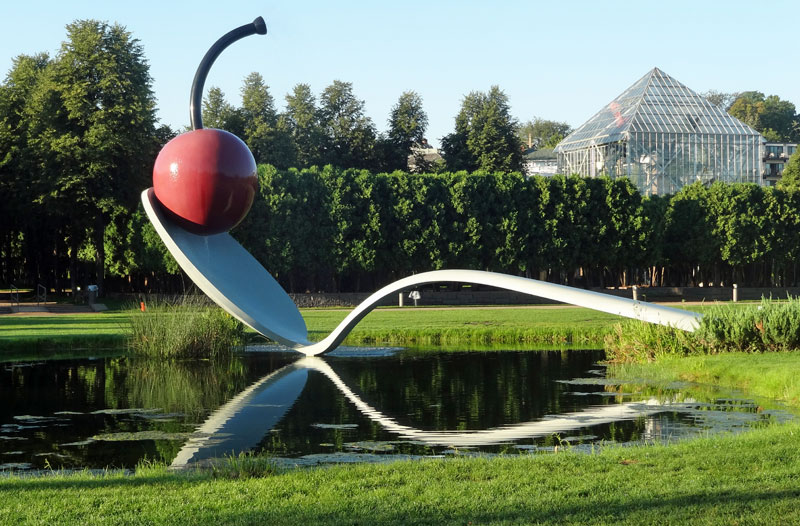
“Creative placemaking not only lifts up a neighborhood physically with murals and sculpture and investments in artist housing, galleries and theaters, it helps strengthen the local economy, as eye-catching storefronts, new cultural activities and intriguing installations bring in customers and attract new businesses. It increases a sense of community identity and local pride. It can make a neighborhood a more interesting, livable place.
But most importantly arts and culture are a powerful force that help shape a neighborhood’s narrative — telling the story of what kind of place it is, changing its reputation and its trajectory.”
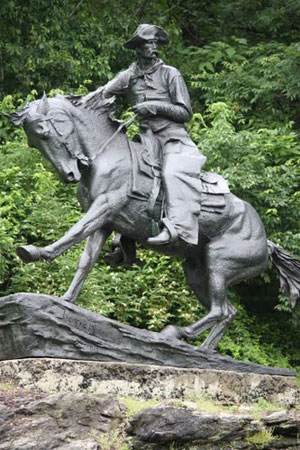
‘According to Bach, studies have looked at the economic development benefits of art, but only just recently have there been wider examinations of the effect of art on a community’s sense of place. The Knight Foundation’s Soul of the Community initiative surveyed some 43,000 people in 43 cities and found that “social offerings, openness and welcome-ness,” and, importantly, the “aesthetics of a place – its art, parks, and green spaces,” ranked higher than education, safety, and the local economy as a “driver of attachment.”’

“The “Arts & Economic Prosperity IV” study is a valuable document with tons of detailed information drawn from 182 geographical regions.
Southeastern Pennsylvania’s cultural organizations and their audiences have a combined impact of $3.3 billion on the region’s economy.
Arts and culture supports 44,000 full-time equivalent jobs throughout the region.
Arts and culture returns $1.04 billion in household income to Southeastern Pennsylvania residents.
Cultural tourism is a valuable asset for the region, injecting nearly $230 million in direct spending into the economy.”
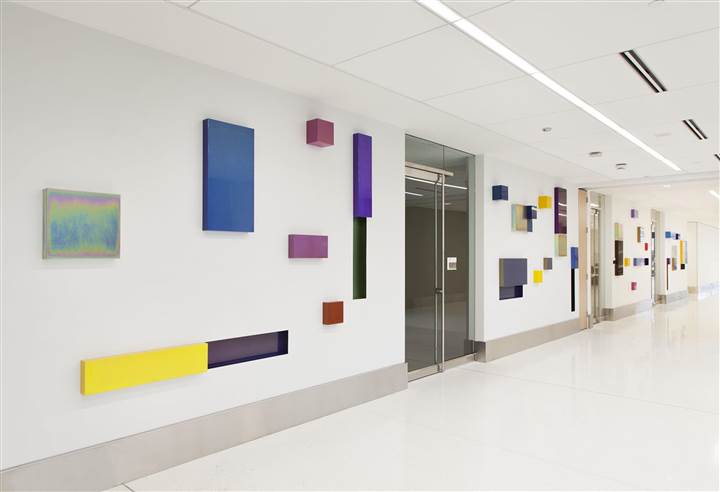
‘”If an art installation gets a patient out of his room or paintings take a person’s mind off their pain and lower their stress levels, the art isn’t just decorative anymore. It’s part of the entire model of care,” said Harris, who oversees a $1.5 million art program, funded entirely by philanthropic donors, that launched last December.’
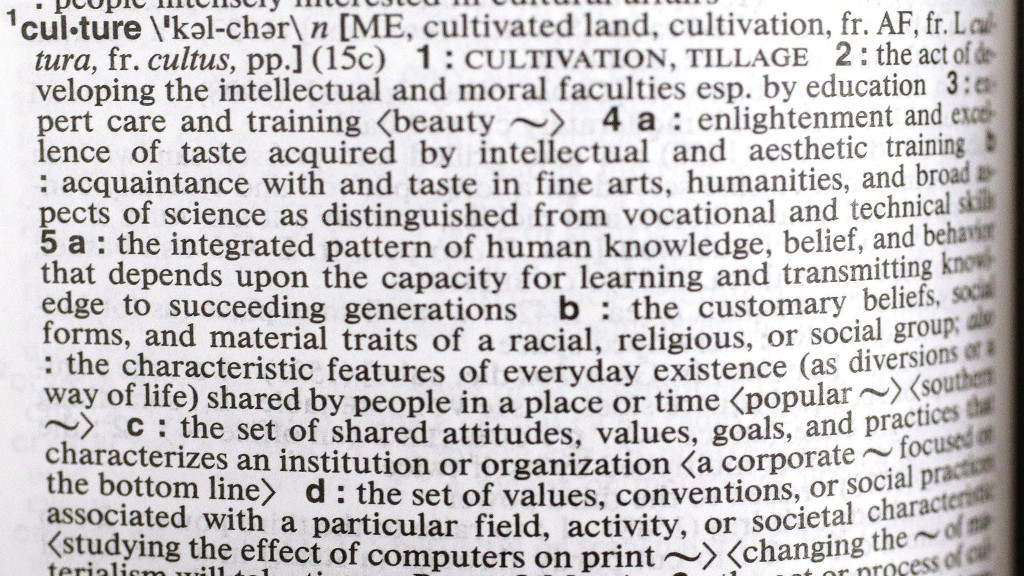
“The culture of a community significantly shapes debate and action that lead to development. Local culture also presents unique options for locally based economic, social, and other developments. Local understandings and interpretations of a community’s history reflect past events that feed into and are partially driven by the demands, sentiments, and interests of those in the present. This makes it crucial for community development practitioners to consider the cultural importance of efforts to improve local well-being.”
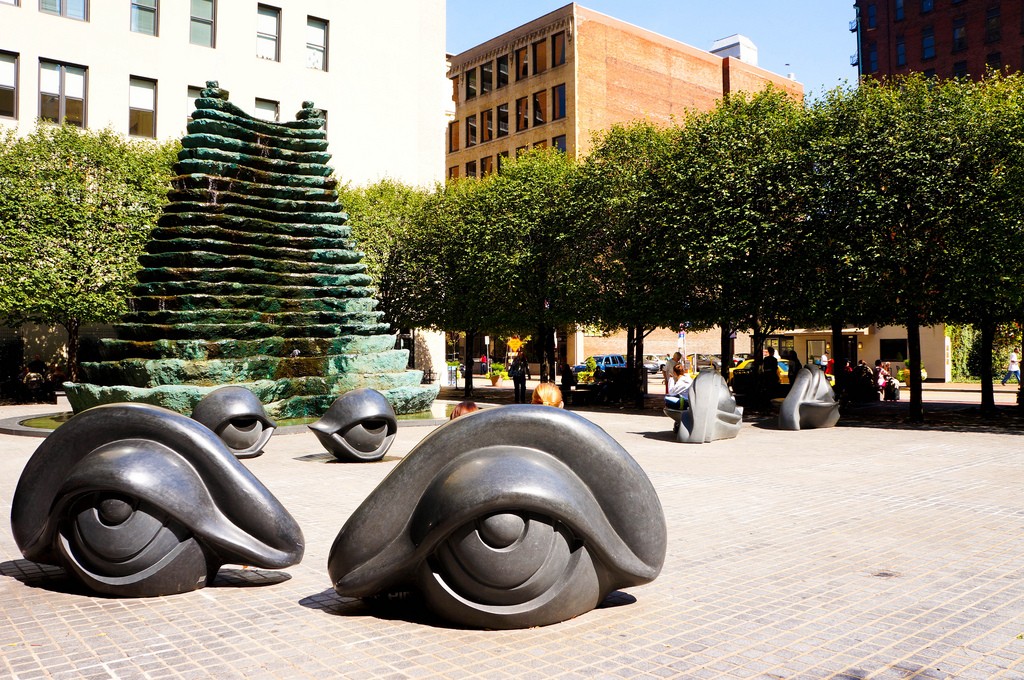
‘Art is not just for artists or relegated to galleries and museums. As Dr. Chu shared during her visit, “Nobody helps make a community distinctive and vital more than the arts – the new paradigm is arts and community vitality are so critical to one another – the arts are there for everyone, they are a part of our everyday lives.”‘
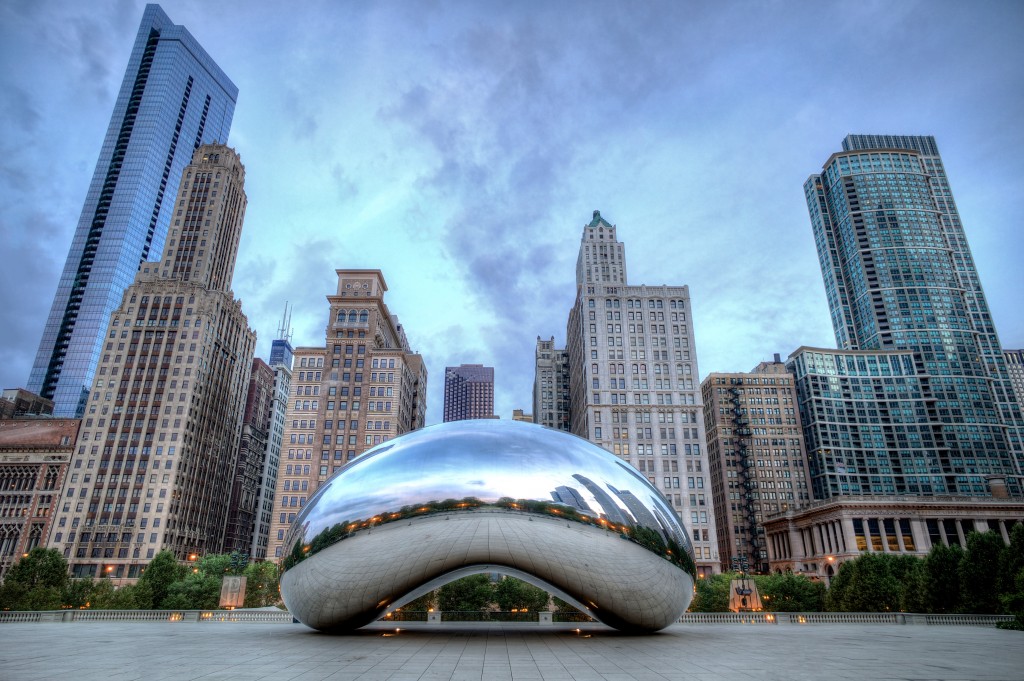
“Placemaking is the art of developing a public space that attracts people. In the process, it almost always pays economic dividends back to the community.”
“Places that incorporate local heritage and artists attract more tourists, and residents feel a stronger connection to such places. The Arts and Economic Prosperity III report from Americans for the Arts states that annual support in the arts generates a 7:1 return.”
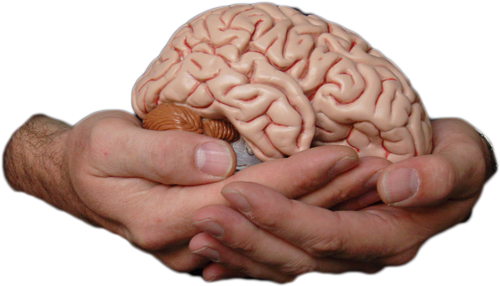
“We put people in a scanner and showed them a series of paintings every ten seconds. We then measured the change in blood flow in one part of the brain.”
“The reaction was immediate. What we found was the increase in blood flow was in proportion to how much the painting was liked.”
“The blood flow increased for a beautiful painting just as it increases when you look at somebody you love. It tells us art induces a feel good sensation direct to the brain.”
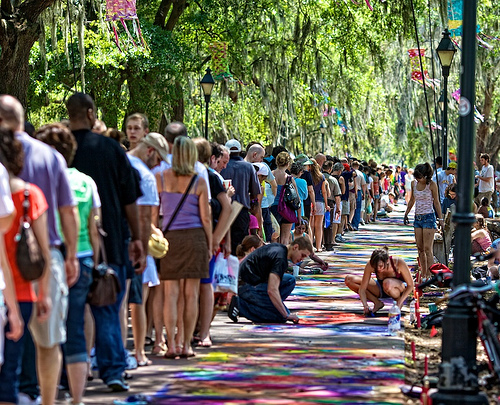
“The arts give people a creative voice, a path to leadership, a way to express shared values, and to create a shared experience working together toward meaningful outcomes. There is consensus among social scientists, historians, educators, and activists that it is exactly these kinds of experiences that helps to build community. Working in and through the arts becomes another way to help people meet the economic, ecological and social challenges of the future.”
